Hotter-than-expected inflation numbers have prompted investment bank Goldman Sachs to boost its predictions for the number of times the Federal Reserve will hike interest rates in a bid to cool surging prices.
Citi economists shifted their forecast relative to late January, now predicting the Fed would raise rates in March by 0.5 of a percentage point. They expect a total of five rate hikes this year, followed by three the next.
But while Goldman Sachs continues to predict a smaller, quarter-of-a-percentage-point hike in March, the Wall Street giant has raised its forecast from five to seven 25-basis-point hikes this year, according to a note. Their prediction also sees another three hikes in 2023, at the pace of one per quarter, to a terminal rate of between 2.5 percent and 2.75 percent.
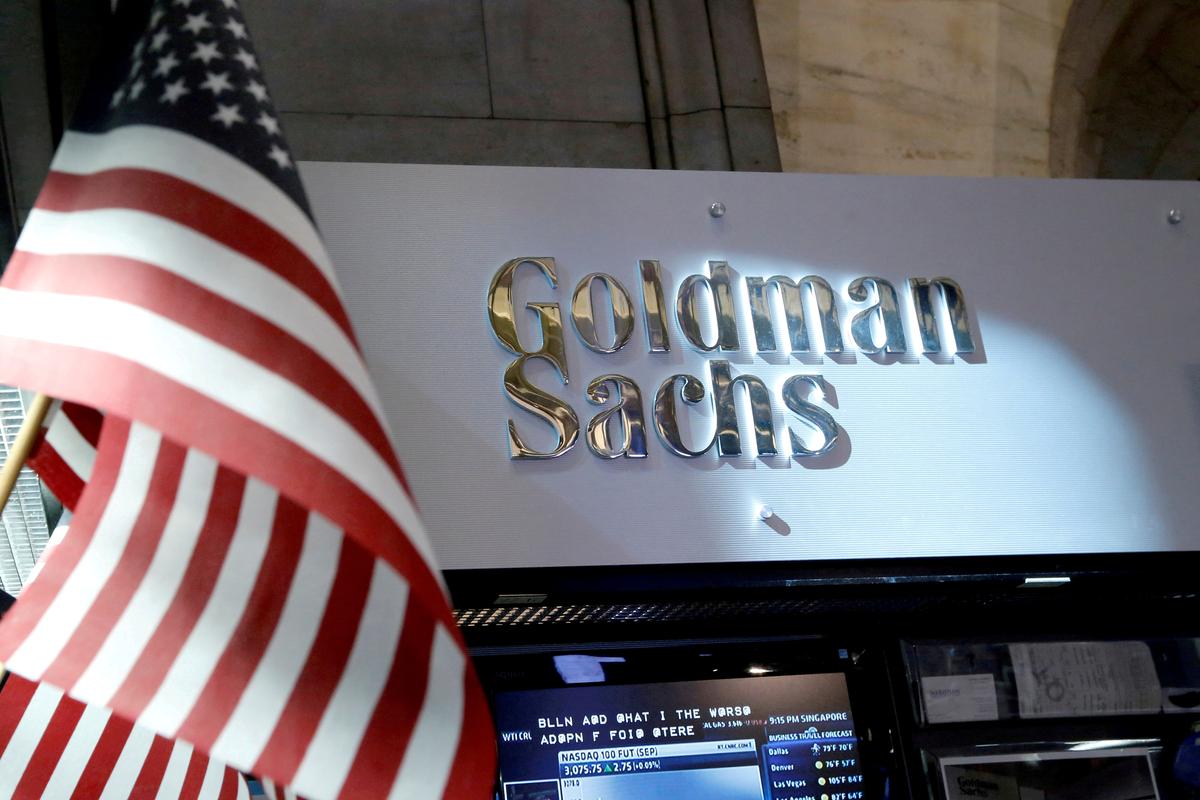
Still, Goldman analysts said they see the case for a bigger hike in March, while acknowledging the risk of the dreaded wage-price spiral. That’s when inflation expectations become de-anchored, prompting workers to demand higher wages to offset surging prices, in turn pushing inflation even higher in a kind of feedback loop.
“The level of the funds rate looks inappropriate, and the combination of very high inflation, hot wage growth, and high short-term inflation expectations means that concerns about falling into a wage-price spiral deserve to be taken seriously,” Goldman analysts wrote.
They added they could imagine Fed policymakers “concluding that even a meaningful risk of an outcome as serious as a wage-price spiral requires a more aggressive and immediate response.”
It’s only statements by Fed officials opposing a bigger 50-basis-point hike in March that have Goldman standing by its call for a succession of smaller rises. But that prediction could change, they said, if more Fed policymakers were to join St. Louis Federal Reserve President James Bullard in taking a more aggressive policy posture.
Bullard said Thursday’s hotter-than-expected 7.5 percent inflation print made him “dramatically” more hawkish. He now wants a full percentage point of rate hikes over the next three Fed policy meetings, including a half-a-percentage point hike in March.
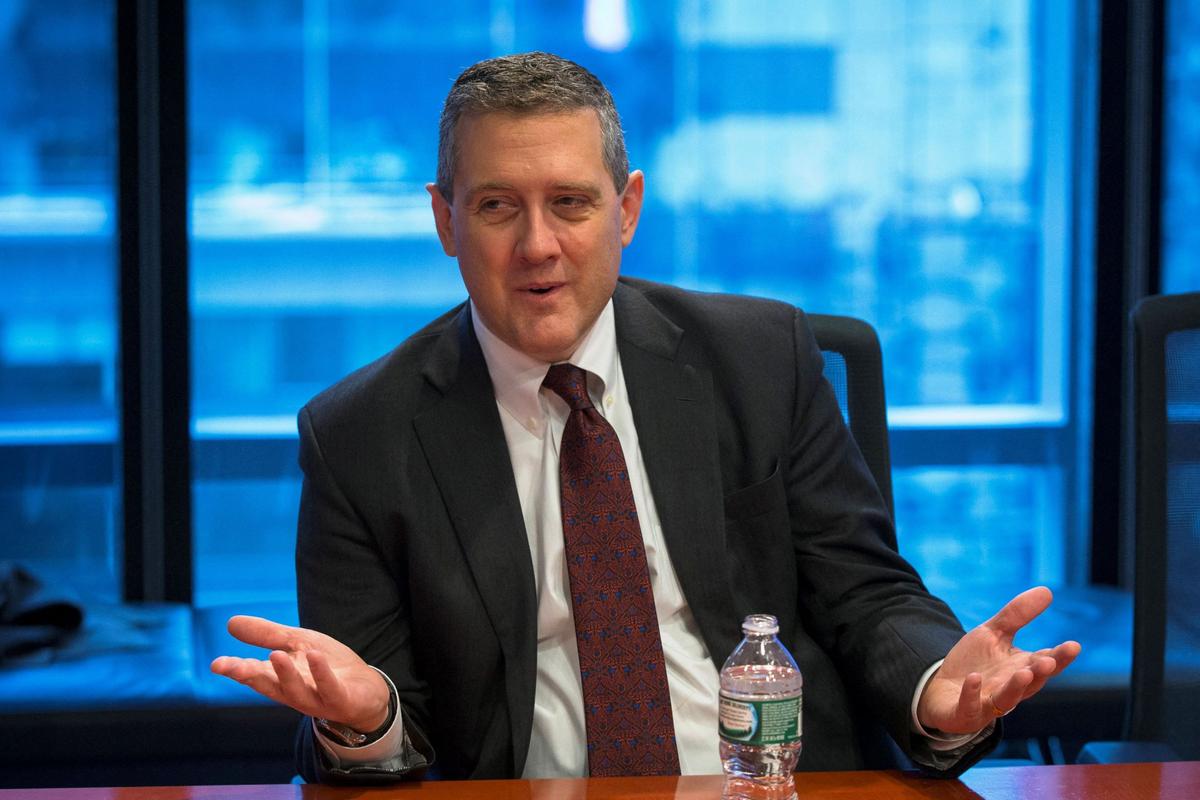
“Allowing inflation to remain at high levels can lead firms, households, and financial market participants to expect higher inflation over the longer term. A rise in longer-term inflation expectations could then spill over into wage- and price-setting dynamics, leading to even more persistent inflation,” she said.
Mester, like other Fed policymakers, expects some improvement in inflation readings later in the year as supply-side constraints ease and demand softens, but she said that there was uncertainty around the timing and magnitude of the factors that would relieve price pressures.
While Mester said the economic data doesn’t make a “compelling case” for a 50-basis-point hike in March, she stressed it was time for the Fed to roll back accommodative monetary policies more aggressively, adding that each FOMC meeting is going to be “in play” for rate hikes, and the pace of pace of policy normalization would depend on what happens with inflation and the economy.
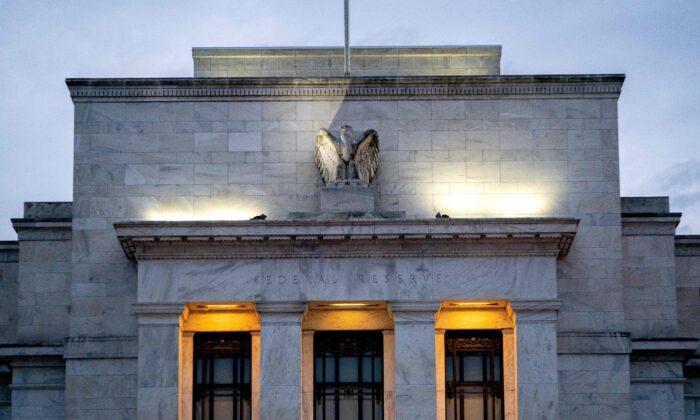

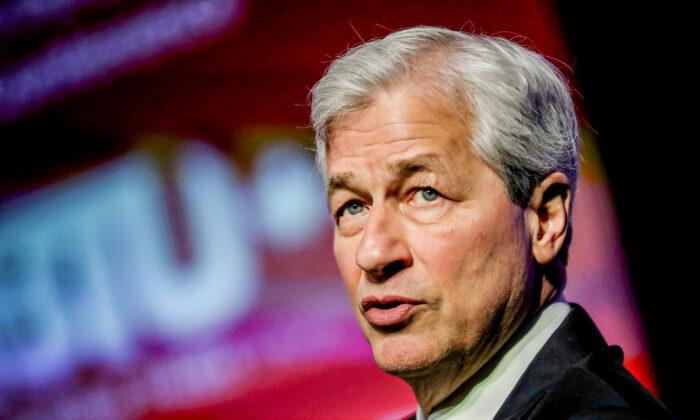
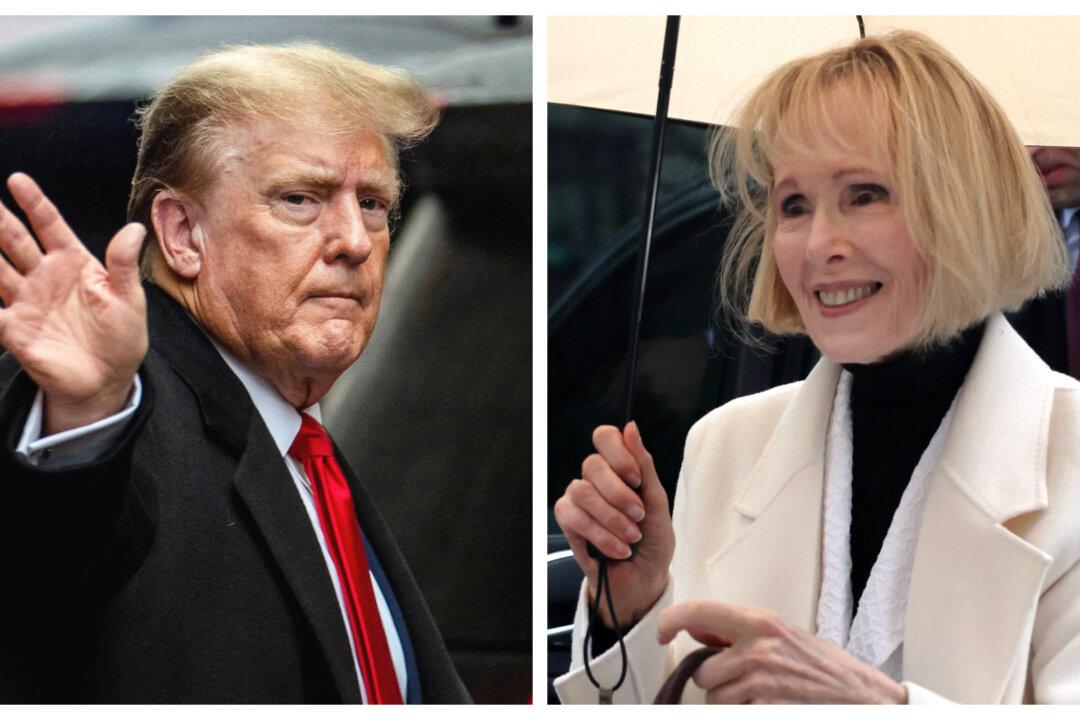

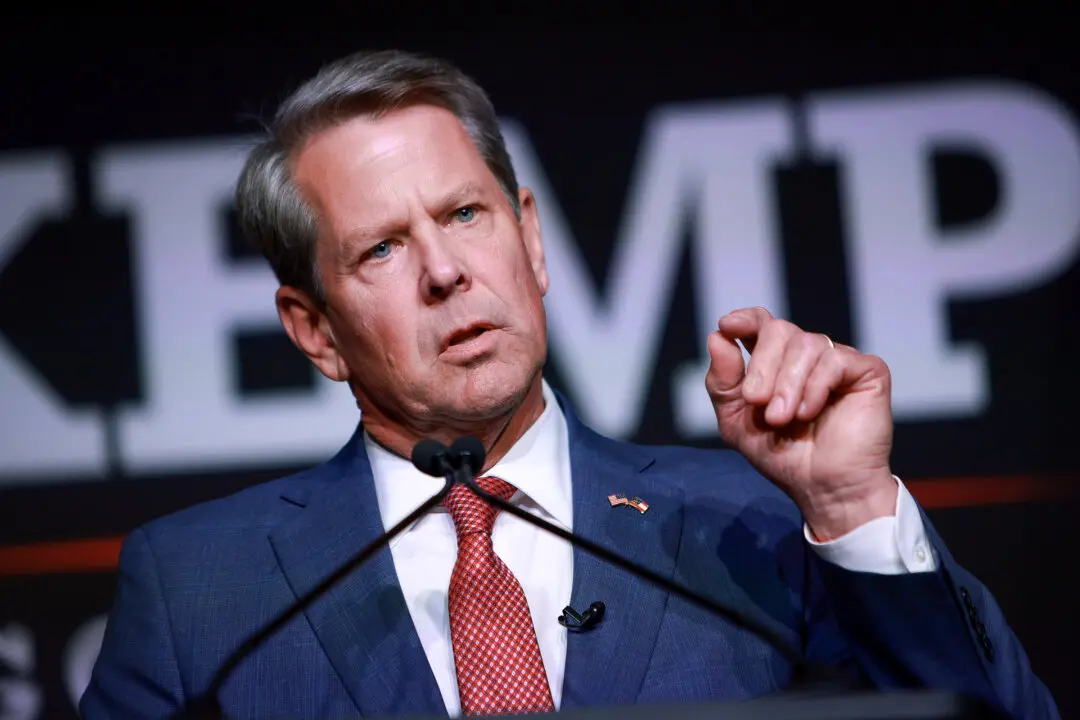
Friends Read Free